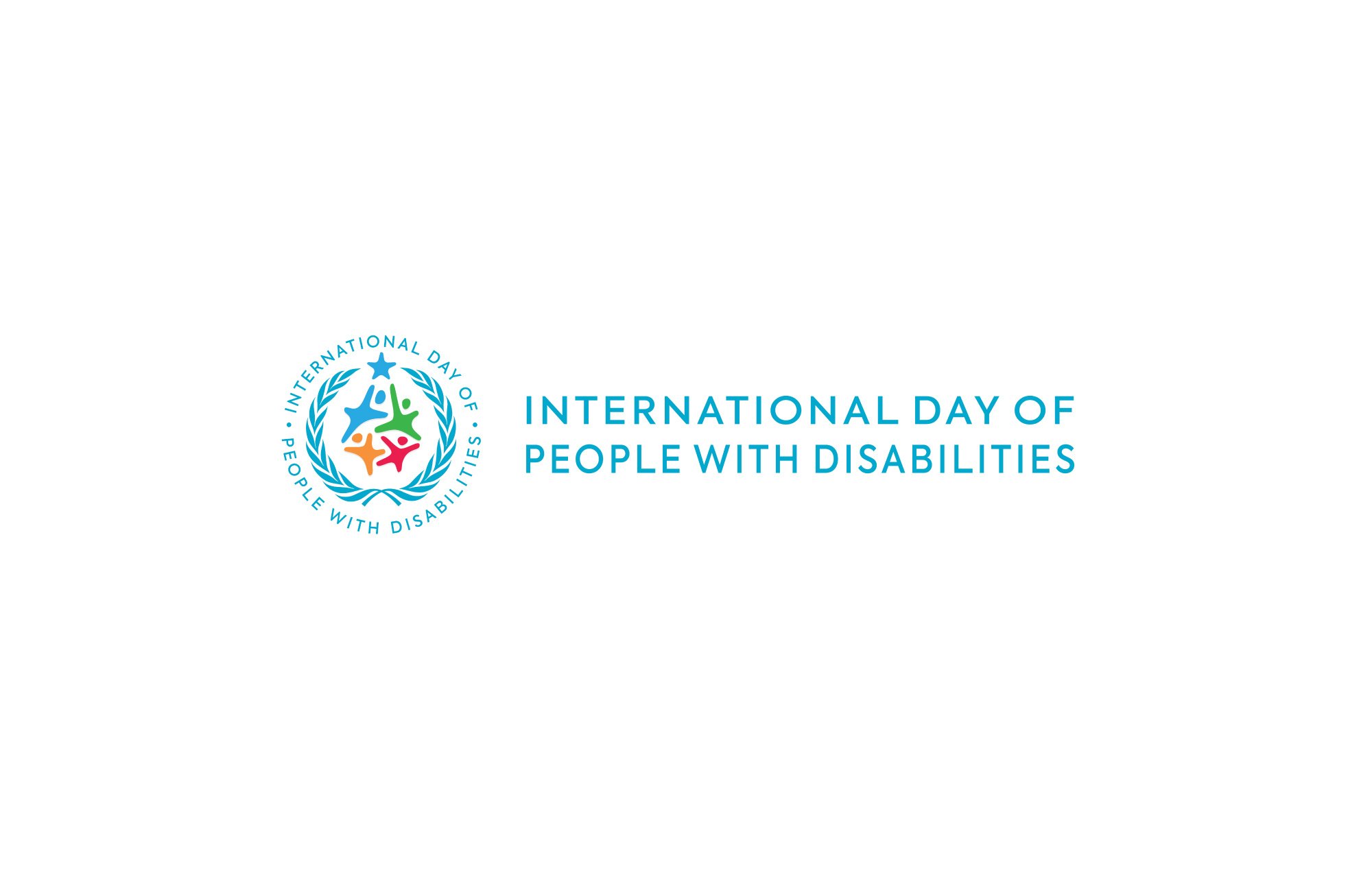While digital innovations have revolutionized how people interact with the online world, the proliferation of new technologies, particularly voice-based applications and communications technology, has had unintended consequences for people with disabilities.
Of immediate concern when it comes to the continued integration of voice-based software tools is the technology’s impact on people with speech and language disabilities. Voice recognition programs, along with automated chat boxes, helplines, and hands-free programs and web applications, for example, are often exclusionary, as with many other aspects of digital life.
Digital ecosystems—including web sites, apps, and other digital programs—need to be designed with everyone in mind. A lack of inclusive web principles not only limits your ability to reach as many customers as possible but gives the impression that you’re uninterested in accessibility best practices.
What to Avoid When Designing an Inclusive Digital Space
When designing a website or creating digital software or applications, inclusive design principles should always take center stage—which means avoiding features that exclusively rely on voice input. While voice input (speaking to a smart speaker, for example) can be convenient to some, you should also provide alternative methods of interaction for people to ensure people with speech and learning disabilities can communicate effectively.
For example, companies and websites utilizing telephone communication as the only means of directly interacting with an organization can impose unfair barriers on those who have difficulty expressing themselves verbally.
Digital Improvements & Design Elements to Help Foster Inclusion & Accessibility
The best way to help mitigate these obstacles is to provide alternative interaction and engagement options to voice inputs. Incorporating these elements can make a significant difference in overall engagement and accessibility, especially for people with speech and language disorders.
With that in mind, here are some specific design elements that will help make your site and content more accessible.
Text-based Communication
Typically those with speech difficulties feel more comfortable with text-based services and applications, such as chat, e-mail and feedback forms.
Augmentative & Alternative Communication
If verbal communication is required, those with severe speech difficulties can turn to Augmentative and Alternative Communication (AAC) methods. AACs comprise several communication methods that those with speech and language disorders can use to supplement or replace vocal communication.
One example is a Speech to Speech Relay Service, which enables those with speech difficulties to make a telephone call using their own voice, or an assistive voice device. These services use Communication Assistants to translate and relay messages between people.
Improving Voice Recognition
Speech recognition software enables phones, computers, tablets, and other devices to recognize and analyze spoken words, often using language as input to trigger a specific action. People with speech impairments can have difficulty using this technology, however, and while voice recognition software is improving, it can still present barriers for those who can’t express themselves verbally.
Utilizing Multiple Channels for Engagement
One near universal aspect of most websites is the ability to navigate pages with a keyboard. If you want to start incorporating voice-based tools, it’s important to include alternative navigation options so you don’t exclude people with speech and language disorders.
Word Prediction Software
For people who feel more comfortable communicating through text, word prediction software is useful for anticipating what a person is trying to type, reducing the number of keystrokes necessary for typing words.
Additional Web Design Considerations
- If you’re incorporating timed features on your website, it’s important to provide everyone with enough time to respond. Along with providing people with adequate time to interact with content, you should also utilize time-out warnings and give users the option of an extension.
- Allow users to interact with customer services through text-based chat, email or contact forms. Additionally, avoid unreliable tools, such as automated captions, subtitles and transcripts. When possible, generate this content manually to ensure accuracy.
Ensuring a more inclusive digital space will make your site and content more accessible and, as a result, will make your website more welcoming.
Website Design & Content Accessibility Resources for Speech Difficult Inclusion
While there aren’t many accessibility guidelines that specifically address speech and language disorders, the Web Content Accessibility Guidelines (WCAG) is a valuable resource for maximizing usability for people with a variety of disabilities.
According to WCAG, all websites should:
- Contain alternative texts for all non-text elements
- Provide access to all functions from a keyboard
- Include readable and understandable text content
- Ensure site pages can be navigated in a predictable, consistent way
- Allow users to correct any errors
- Give users enough time to read text content
- Make all video and multimedia elements accessible
- Minimize the use of tables
Additionally, the Web Accessibility Initiative (WAI), the organization responsible for setting the WCAG, is considering introducing a new rule ensuring audio content has a text alternative.
Considering the needs of all groups, including people with speech and language disorders, will go a long way toward improving their user experience, and helping them feel more comfortable communicating and engaging in your digital spaces.






Leave a Comment